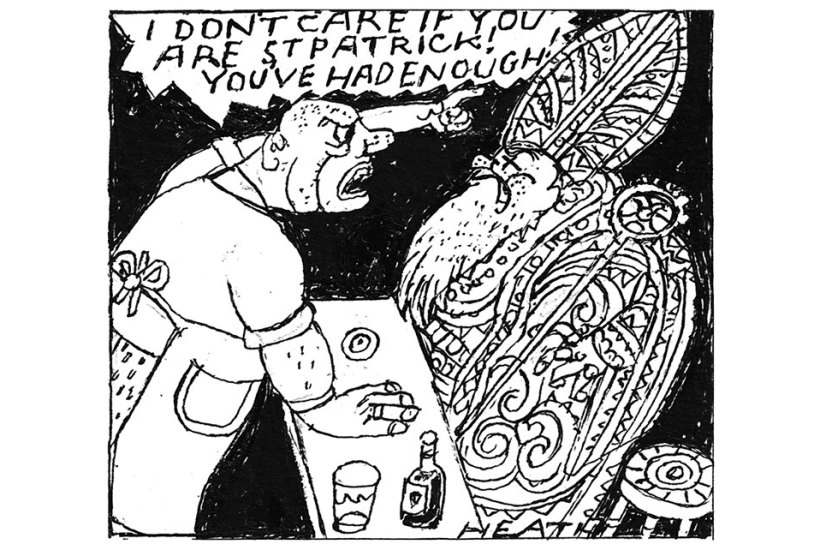St Patrick’s Day is coming up and you know what that means… a Shamrock Shake at Starbucks, featuring those well-known Irish ingredients vanilla, mint and green tea. And then there’s the Paddy’s Day merch: shamrocks again. If the Princess of Wales as Colonel of the Irish guards turns up to celebrate the day, she’ll be sporting a sprig of it the size of a small broccoli.
Already a subscriber? Log in
Subscribe for just $2 a week
Try a month of The Spectator Australia absolutely free and without commitment. Not only that but – if you choose to continue – you’ll pay just $2 a week for your first year.
- Unlimited access to spectator.com.au and app
- The weekly edition on the Spectator Australia app
- Spectator podcasts and newsletters
- Full access to spectator.co.uk
Or
Unlock this article
You might disagree with half of it, but you’ll enjoy reading all of it. Try your first month for free, then just $2 a week for the remainder of your first year.








Comments
Don't miss out
Join the conversation with other Spectator Australia readers. Subscribe to leave a comment.
SUBSCRIBEAlready a subscriber? Log in